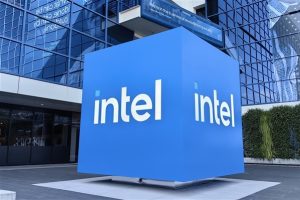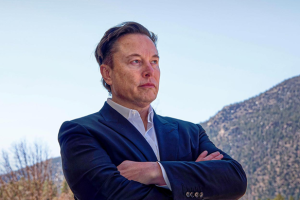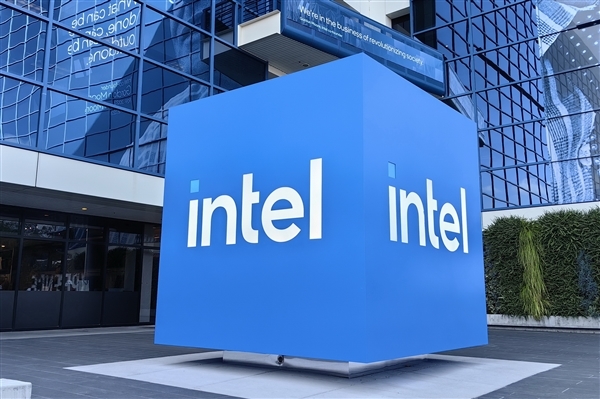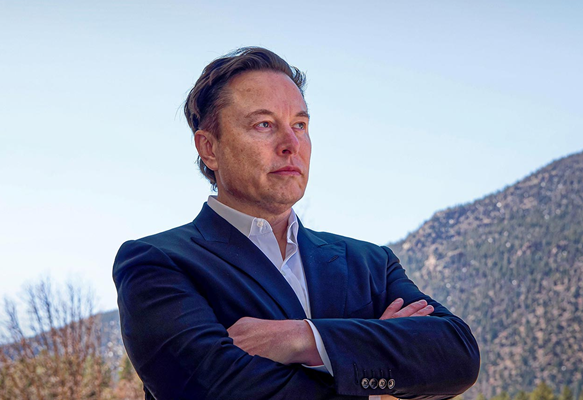April 25, 2025 – Intel Corporation CEO Gelsinger Singh (Chen Liewu) unveiled an aggressive overhaul strategy today, just five weeks into his tenure, aimed at revitalizing the chip giant through sweeping workforce reductions, organizational restructuring, and product line pruning. While declining to specify exact headcount cuts, the company confirmed layoffs will commence in Q2 2025 with gradual implementation over subsequent months. Industry observers estimate potential reductions exceeding 20%—nearly 20,000 positions—following Intel’s August 2024 cull that eliminated 15,000 jobs (15% of workforce).
The cost-cutting drive extends beyond personnel, targeting 1.5billioninoperationalexpenditurereductionsacross2025−2026.Annualbudgetswillshrinkfrom185 billion in 2024 to 170billionthisyearand160 billion in 2026. Singh initiated management layer reduction last week, revealing that some divisions currently operate with eight hierarchical levels—a “bureaucratic cancer” stifling agility. The CEO vowed to flatten the structure by prioritizing engineering prowess over team size metrics, replacing legacy performance evaluations centered on headcount growth.

A stricter return-to-office mandate takes effect September 1, requiring employees to work four days weekly onsite instead of the current three-day policy. Singh criticized poor compliance with hybrid work protocols, declaring that “physical proximity drives breakthroughs.” Simultaneously, administrative inefficiencies face the axe, including curbs on excessive meetings and participant counts.
In a notable cultural shift, Intel’s vaunted “Insights” and OKR (Objectives and Key Results) frameworks—revived by former CEO Pat Gelsinger and tracing roots to co-founder Andy Grove’s management philosophy—will transition from mandatory to optional participation. Singh framed the changes as “Intel’s Phoenix Moment,” comparing the turnaround effort to Harvard Business School case studies.
“This isn’t mere restructuring—it’s a revolution,” Singh declared. “We’re dismantling bureaucratic fortresses erected over decades to make way for an engineering-centric culture that delivers world-changing innovations at scale. The path forward demands uncomfortable choices, but our technical talent pool positions us uniquely to rewrite Intel’s legacy.”
Analysts note that while Singh’s timeline remains ambitious, his initial moves signal decisive leadership. Intel shares rose 3.2% post-announcement as investors responded to the CEO’s pledge to “restore Intel’s technological dominance through disciplined execution.” The company will provide detailed restructuring updates during its Q2 earnings call in July.












